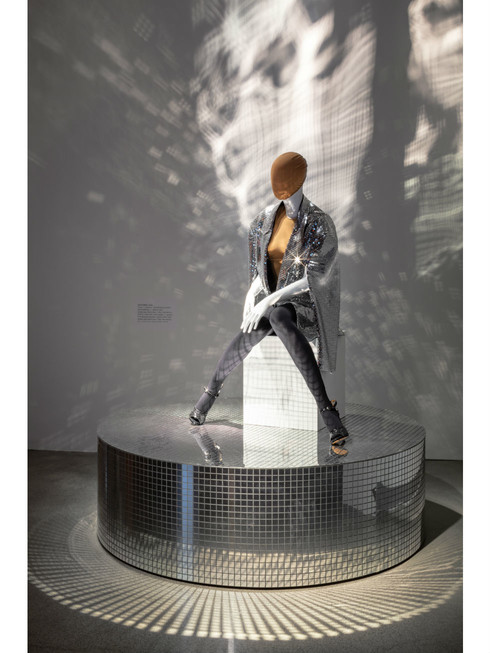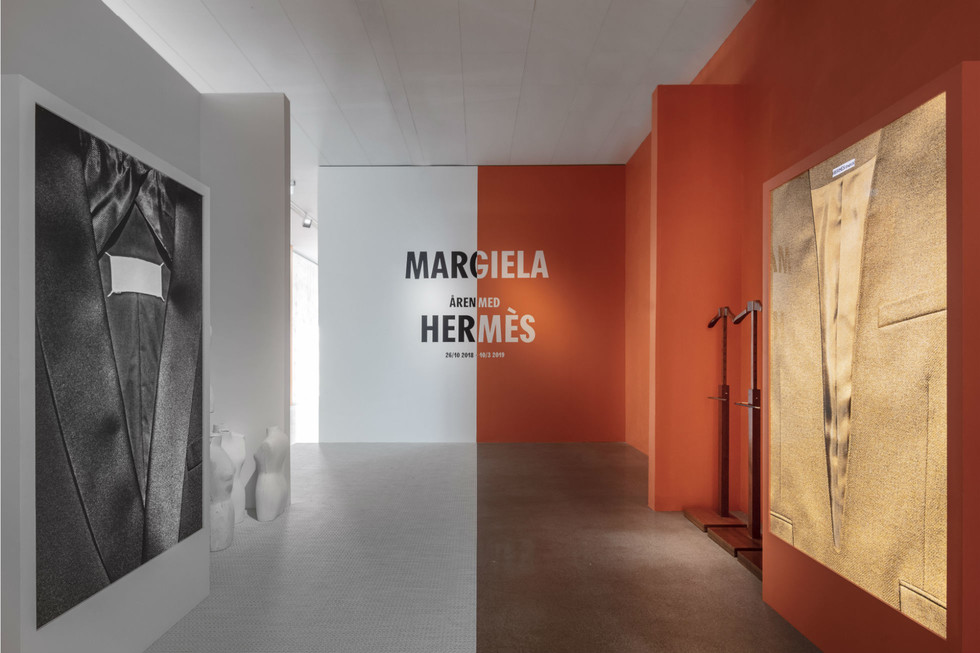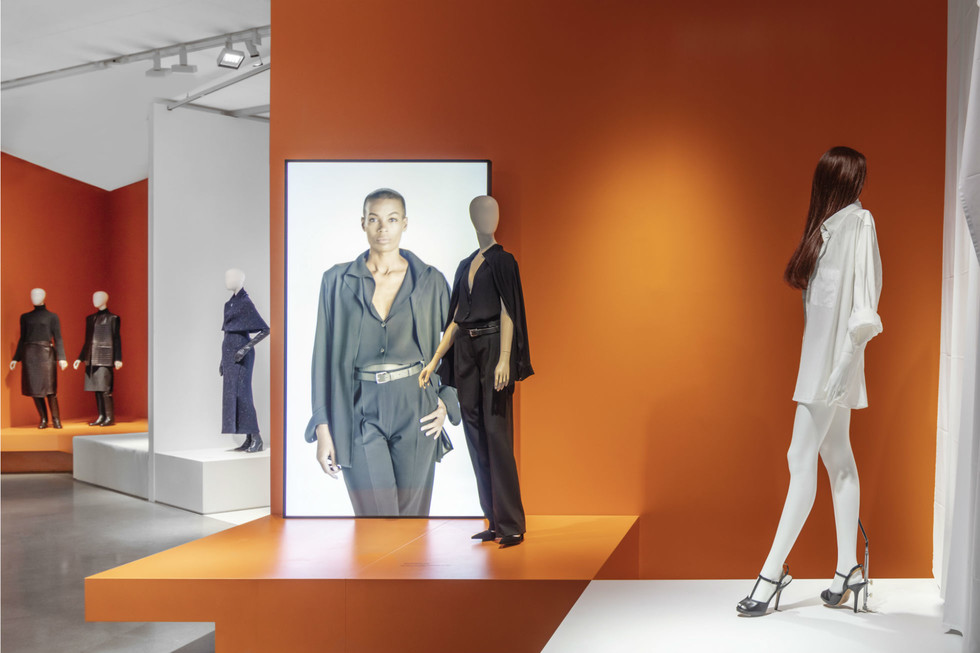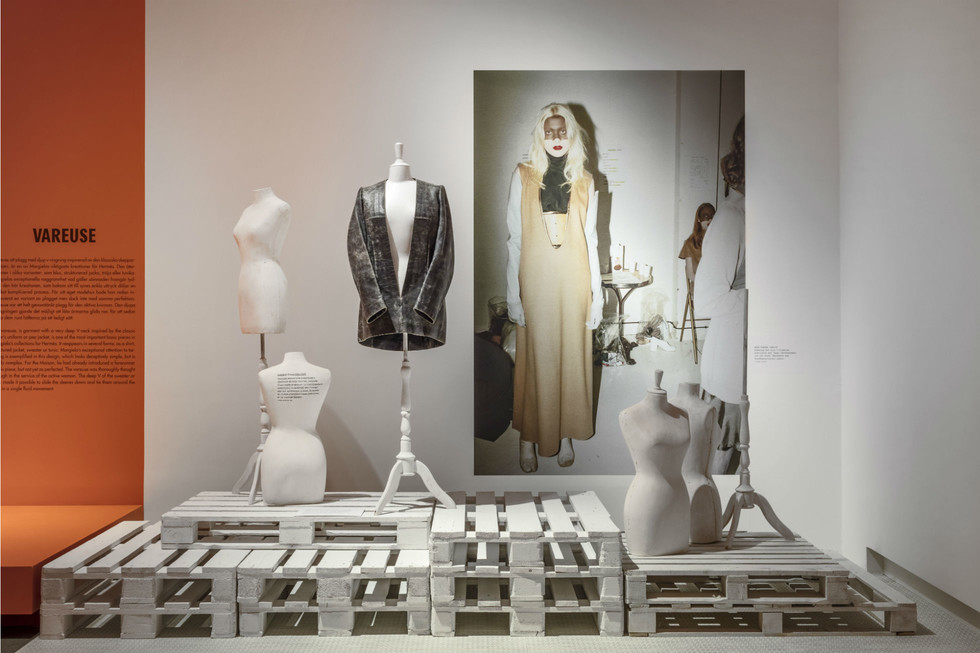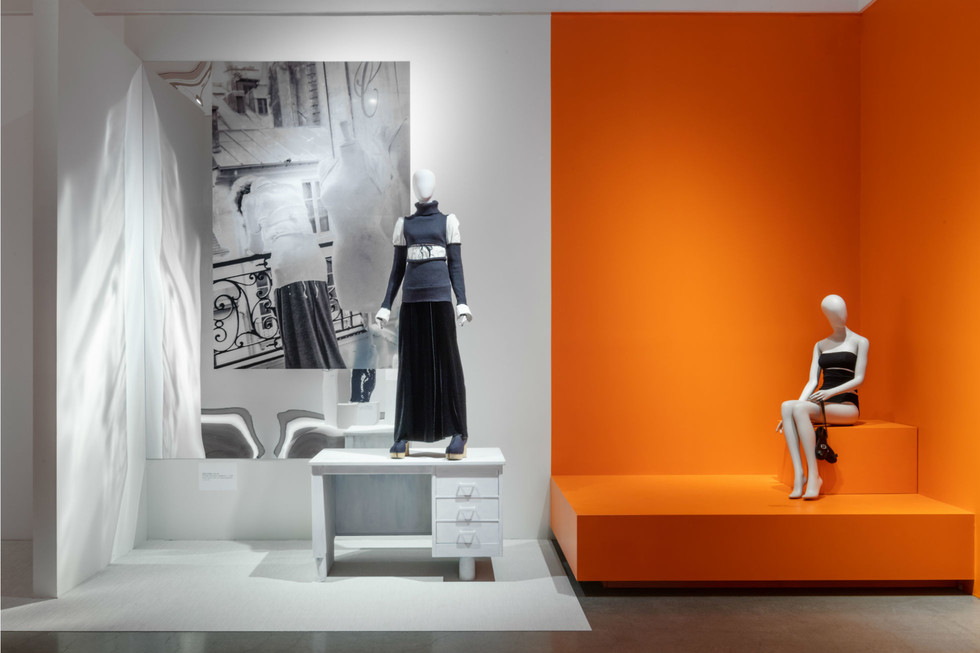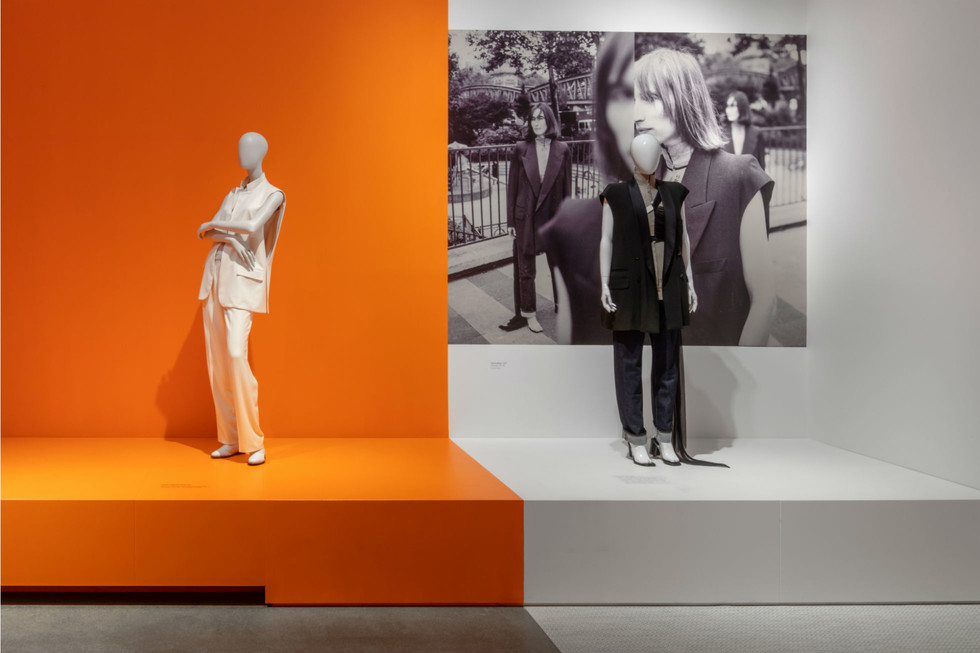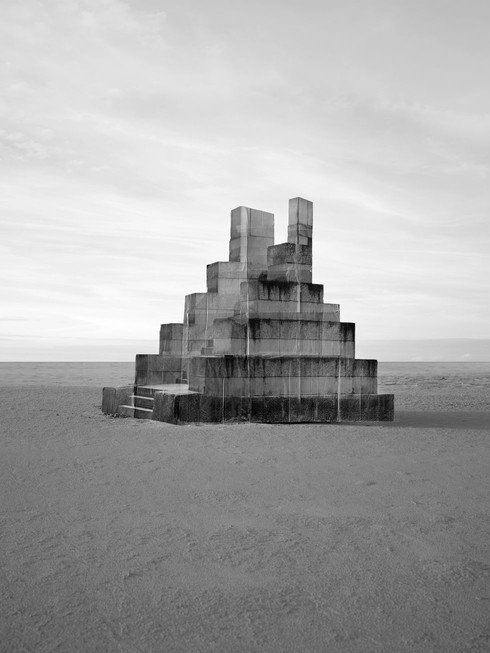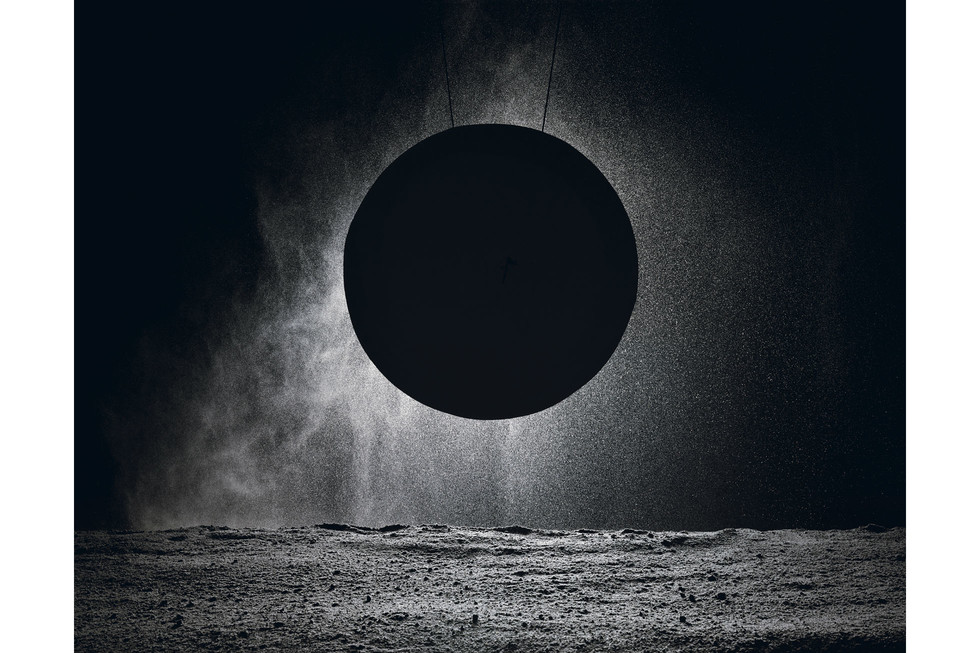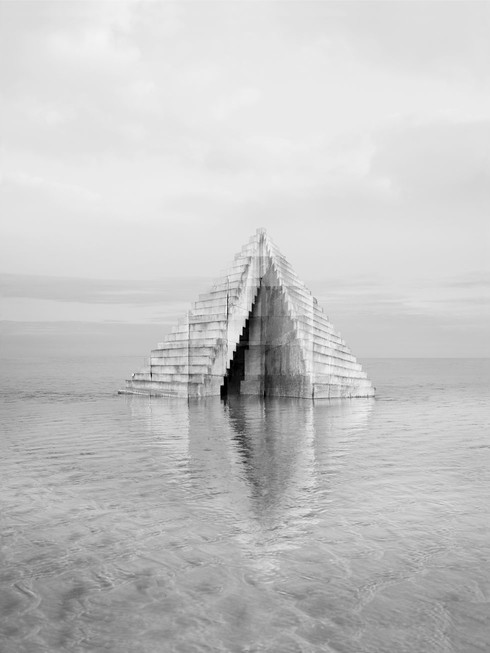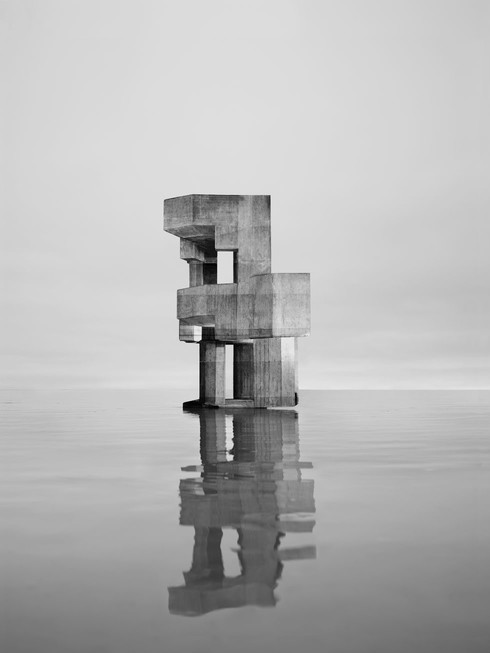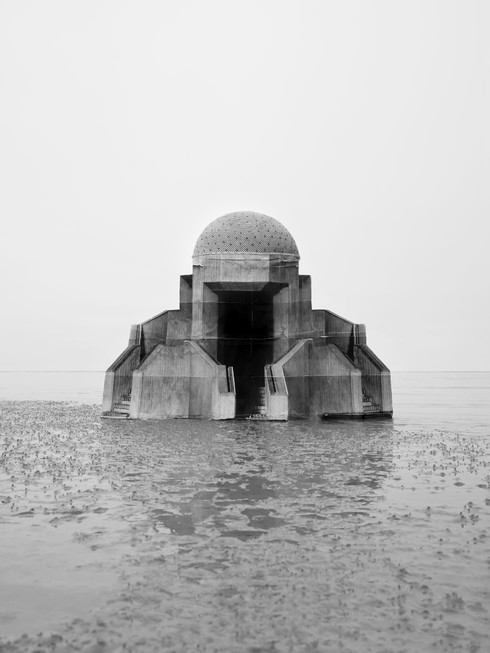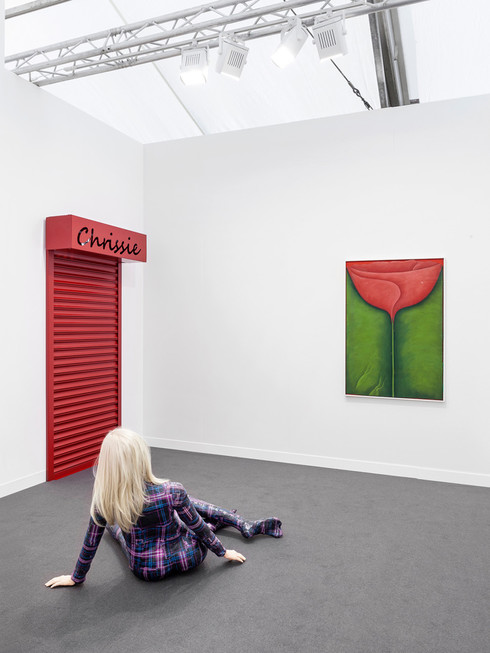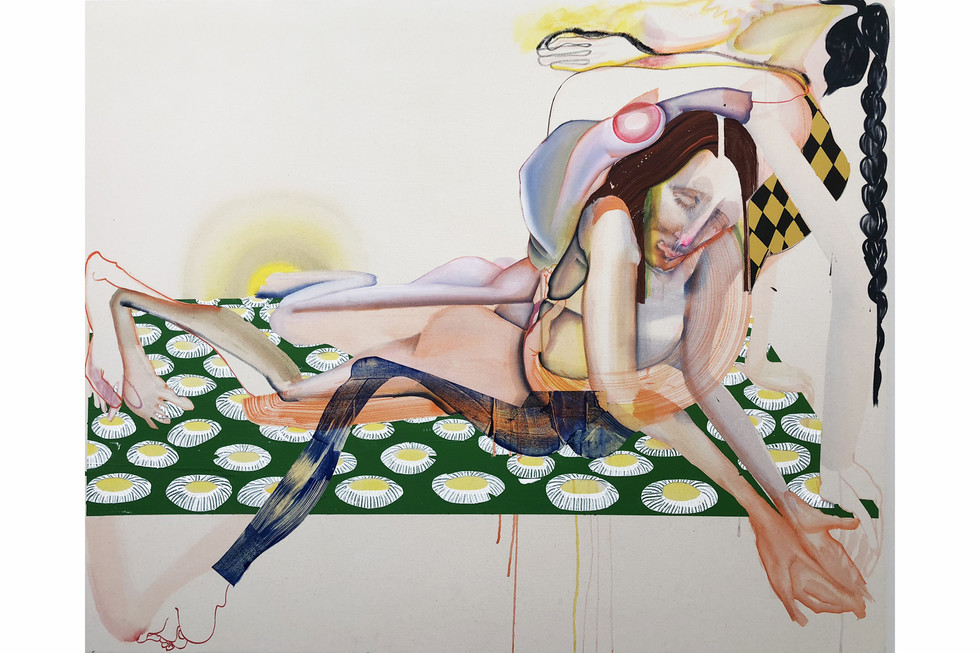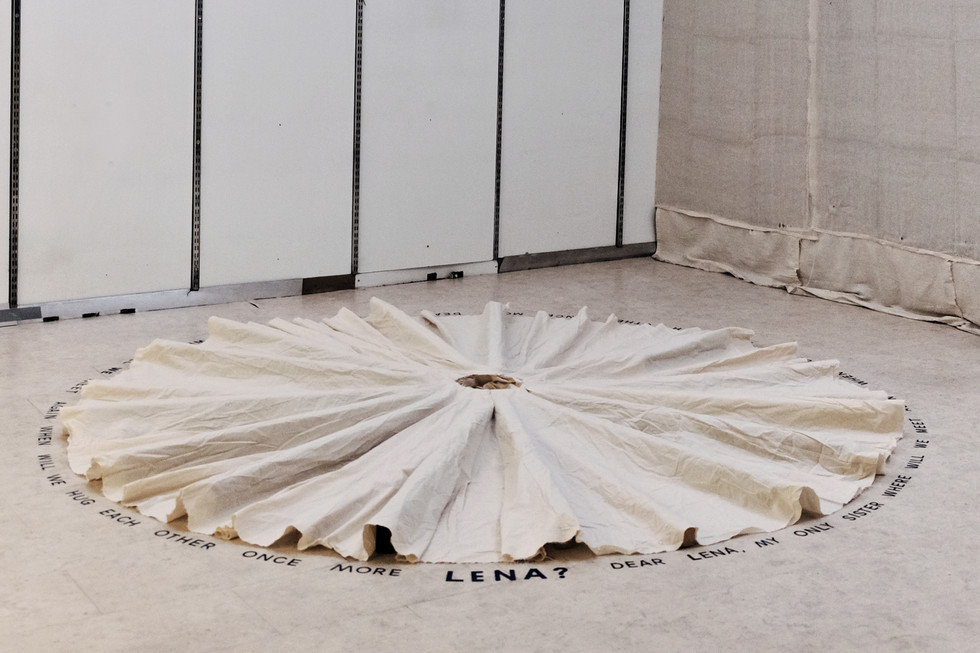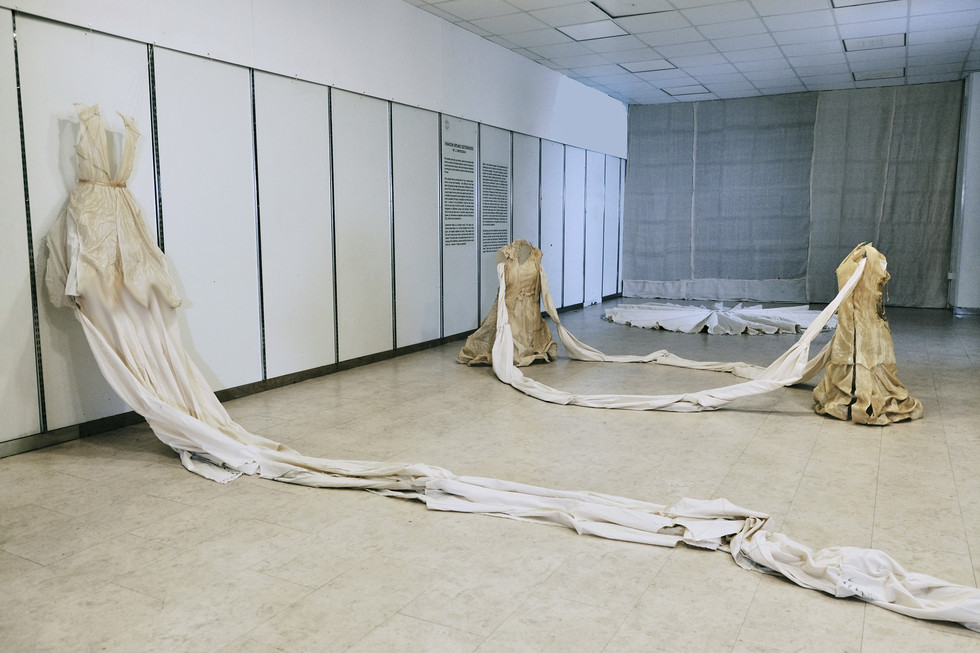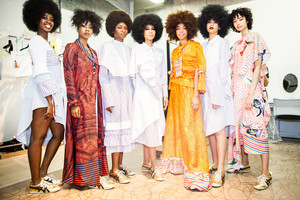THE INTRIGUING SEMIOTICS OF HERMÈS BY MARTIN MARGIELA
Written by Ksenia RundinMartin Margiela is a designer, who has questioned the established structure of the fashion system by taking an anonymous role and celebrating the team work behind the final product. Through his outstanding creativity and provocative logic, the “fashion’s invisible man” has given the luxury its avant-garde character. The intriguing quintessence of multi-functional layers and pure artisanal craftsmanship have created a new philosophy of fashion, where the latter is aimed to emphasize longevity and sustainability of style. Reminding of an art collector in his approach to the female wardrobe, Martin Margiela completed Hermès with a missing piece of the brand’s unique identity in a form of masterful and daring twists of loose-fitting masculine tailoring, wrapped in a powerful agenda of feminine tenderness of the postmodern context. The conspicuous versatility of Margiela’s playful silhouettes, gives a woman an exclusive opportunity to find her own harmony in any given context and at the same time to keep the uniqueness of her female identity. The intriguing semiotics of Margiela’s style appears to be almost shocking in its advanced simplicity, establishing an intellectual dichotomy between luxury and avant-garde.
In connection with the opening of the exhibition “Margiela, the Hermès Years” at Artipelag museum in Stockholm, Odalisque Magazine has met the Director and Curator in chief at Fashion Museum Antwerp Kaat Debo and discussed the exhibition and their collaboration with Martin Margiela around it.
Could you tell about the creative process that preceded the exhibition “Margiela, the Hermès Years” and the dialogue that you had with Martin Margiela during that process?
At the very beginning we needed to know what was left from his collections with the house of Hermès, because he did not keep a lot of the collections himself. Thus the first question was whether Hermes still had the collections in their archives or not. And Martin said, “I do not know what they have in the archives, whether they kept the entire collections or made a selection.” The first thing Marin did then was to contact Pierre-Alexis Dumas and asked whether Hermès would be interested in participating and loaning pieces from the archives, if they had any left. It seemed that Hermès did not keep the entire collections but always made a certain selection. However, the selections were rather big each time. We also contacted private loan-givers to gain a few objects. Hermès were very generous at that point and provided us with some contacts to their clients, of whom they knew had large wardrobes with Martin’s collections for Hermès.
Next step was to decide how to present the idea. And Martin made a suggestion to bring the garments into a dialogue with his work for Maison Martin Margiela. By putting these two creative parts into a dialogue, the first thing you see is that they look very different, avant-garde versus luxury or high fashion. The second thing – if you understand the stories and innovations – you would observe is the one DNA, which has been translated into two different worlds. We thought that it was very important for people to understand that. I think, it is very relevant today, in a time where fashion houses change their creative directors, sometimes very rapidly. We wanted to illustrate how Martin actually did that, how he worked with heritage of an existing house, and what his concept, his vision and his strategy for Hermès was.
Thereafter, the first thing we did was to have a number of long conversations with Martin, for hours, and hours, and hours. We needed him to explain his strategy and to clarify it with each piece that we had selected form the Hermès archives. Step by step, we went through each piece of each collection we had and he told us all he knew about them. We also interviewed some key people at Hermès, who worked on the collections together with Martin and some of them have already retired. One of those is Marie-Claude Gallien, who was his right hand, from premier d’atelier to the responsibility for the women ready-to-wear atelier. Hence, the knowledge about the collections was acquired from these key people and of course from Martine himself.
Based on all the stories Martin had told us, we decided to establish a dialogue between him, me and the team in order to decide what themes we would like to cover. We needed to do a certain demarcation, because there were quite a few ideas presented.
The main challenge for us was how to explain people in a visual way that you can wear these garments in many different styles. Off course, you can write it in a wall text but it is not the same when you visually see it, creating a real experience. This is how the idea of the films was born. And then Martin said, “Let’s try to contact some of my former models.” We did so and brought them to Antwerp and we also had Martin directing the films. It turned to be very choreographic, because Martin had a clear idea in his head how he wanted to film the models. It had to be in a kind of slow motion, so you could see how they turn and how they move. I think, it was very important decision to add the films. And we are very happy with them, because we are able to introduce a real woman and also explain in an uncomplicated way the idea of having women of different ages. As a curator, you want to make people to understand things in a visual way. Fashion is also a visual medium and, indeed, you need text to explain certain things. Nevertheless, the less text, the better, because people easily get fed up with reading a wall text.
What is the difference between the show in Paris and the show here in Stockholm, concerning also the interplay that the architecture of the exhibition space conceives?
Well, there is a big difference, because in Paris you do not have the surrounding that you have here. When I first saw the images of Artipelag, I really liked the dialogue between the museum and the natural surroundings. Also the serenity of this place matched, in my view, very well with Martin’s vision for Hermès. It is a kind of purity and simplicity of the natural surroundings that create the spectacularity. There is no need for any top architecture to compete with the nature, because the place as such does not compete with nature. And there is something similar in Martin’s collections for Hermès, where it is not about fashion that competes with the woman wearing it, it is not about fashion that forces itself onto your body, but it is fashion that makes your life more comfortable and more practical. It might be a bit too conceptual but this is what attracted me personally to Artipelag.
When you do an exhibition it is always nice to work further on the show. First we did it in Antwerp, then Paris and now in Stockholm. You can always work further on the details and the concepts and that is the luxury of touring an exhibition, I think. The space here is very different than in Antwerp and Paris, but we have a very good exhibition designer, who I absolutely trust. I know that one of his big qualities is that he can always immediately visualize a show within a space and just to see how we would work within that space.
I find it annoying, when you can tell from an exhibition that this is a touring exhibition, where they just do the décor and stuff it in the space. There is lot of work that goes along with the travelling issue, because we really re-work the exhibition design – it is measure-made for the space. It is my team collaborating with the team here by – again – establishing a dialogue how to start it. I am very happy how it looks, because, it is, let’s say, the most successful integration of the themes into this space.
What product, do you think, Martin Margiela and Hermès conceived, by creating a mutual DNA? Have they created a new woman?
I think it is not a new woman. But what is innovative about Martin’s designs is that he gives a lot of freedom and responsibility to the customer. It is not the type of designer that says, “Well this is my fish and my idea. And this is the body I have in mind.” It is designed for many different women and that is kind of revolutionary. Unfortunately, it is still quite revolutionary today. Many brands are still focused on younger generation. Meanwhile, the actual customers, who can afford high fashion are much older. I think the fact of giving this freedom to your customer is to let her choose how to wear the garment and also give different options. If you don't like to show your arms, you are given an option, where you can cover your arms. If you like to show your upper arms, then you take of the sleeves. The bathing suit, which is made like trikini (bathing suit in three parts), gives you freedom to wear it as a bathing suit, leaving the middle part, or you roll it up, and have it as a bikini.
It is the woman, who decides how much skin she wants to expose and what she covers up and what she does not. It is a quite rare concept and very respectful to your customer. If I hear Martin talking about how he designs, he often says, “Yeah, you know, women told me that… a friend told me…” He really listens to women, what they like about their bodies, what makes them insecure, what they don't like and what they find uncomfortable. I think, he is also very fascinated by movement. He really observes women, how they move, how they sit down, what happens with the skirt while they sit down, how they button their coat, how they take it off. He always asked a lot of questions, while fitting models. He really wanted to see how the garment behave. It is not about any idealized design in which it is impossible to walk or move, and have a functional life, ride a bike or drive a car.
The exhibition, the way it is designed, gives a slight feeling of augmented reality. Could you give any comment on that?
It was a request from Artipelag to have a connection with nature. And you can also at certain points of the exhibition see that there is a sort of transparency, where you can still feel the outside, through an orange layer. It is also a very practical decision, because fabric and textiles are one of the most fragile things to display. Textiles are very fragile in a sense of sunlight, which may very rapidly – within a couple of months – decolour garments. The standard climate is actually between 80 and 20 degrees Celsius and humidity between 50 and 55 percent with no daylight.
Black box is certainly the ideal for displaying fashion. We tried to make a compromise, because our ambition was not to recreate a black box here. However, the condition of the object is always the first priority, especially not only pieces of the museum but also pieces from the Hermès archives. We have to secure that the condition is also perfect after the exhibition. If it were up to me and it did not damage the garments, I would open all the windows. Unfortunately, this is just not possible when displaying fashion.
Don’t you think that Martin’s approach to the wardrobe is similar to an art collector’s approach to his/her collector pieces, where you build up your collection by completing it, not replacing the existing objects?
I never thought about it that way, but I think you are right. It is also about cherishing your wardrobe, linking back to Martin’s idea of sustainability, where you are not supposed to throw away your wardrobe every single season. If you have a good garment, then try to keep it, cherish it and take care of it. That idea was, not only for Hermès but also for Maison Martin Margiela, very much a preoccupation of Martin. The whole idea of working with vintage garments at a certain time, where he introduced a different line, called “Replica series”, representing replica of vintage garments, which he found perfect. As a designer, you cannot, as a rule, add anything to improve a vintage piece. The only problem was a uniqueness of each and only item. What Martin could add was the reproduction of these garments.
They tried to reproduce each garment and then they would add a label saying “Replica” and containing information about where the garment was found and what it originally was, for example a doctor coat form the 1920s or a tuxedo found in Paris from the 1950s. It is also interesting to look at the reason why they added this label, because it showed that Martin did not claim that particular design being his own. He merely found a perfect garment and was paying a tribute to the craftsmanship.
A lot of his work also deals with authorship. And the fact that he disappears as a designer from his own brand, is also a way of paying tribute to the team work behind and not claiming the authorship himself. Every fashion designer, in spite of how genius he or she is, always has a team around him/her – an atelier. Design would be nothing without those people, when it comes to translating the design into a physical product.

